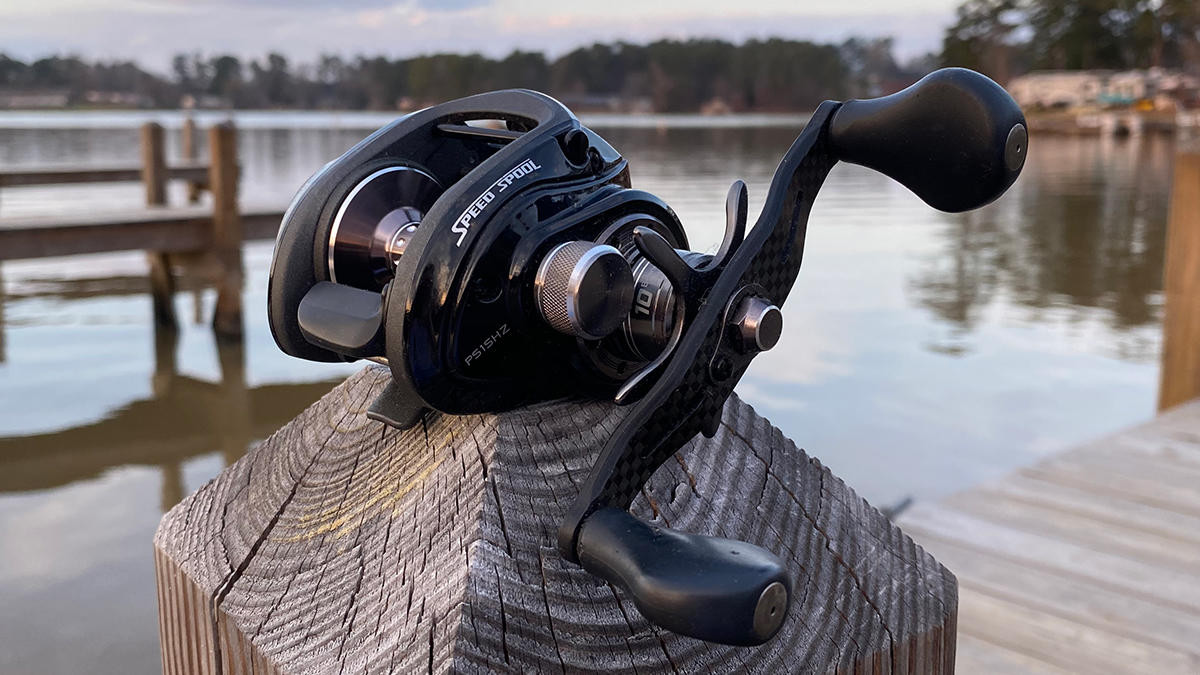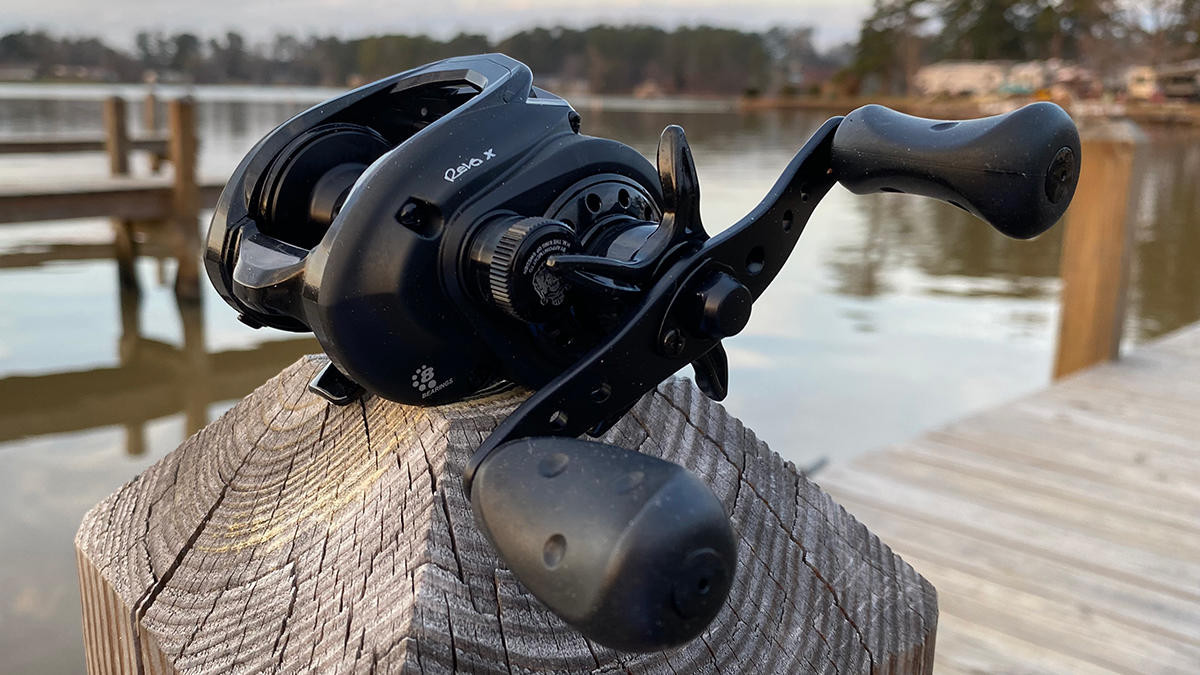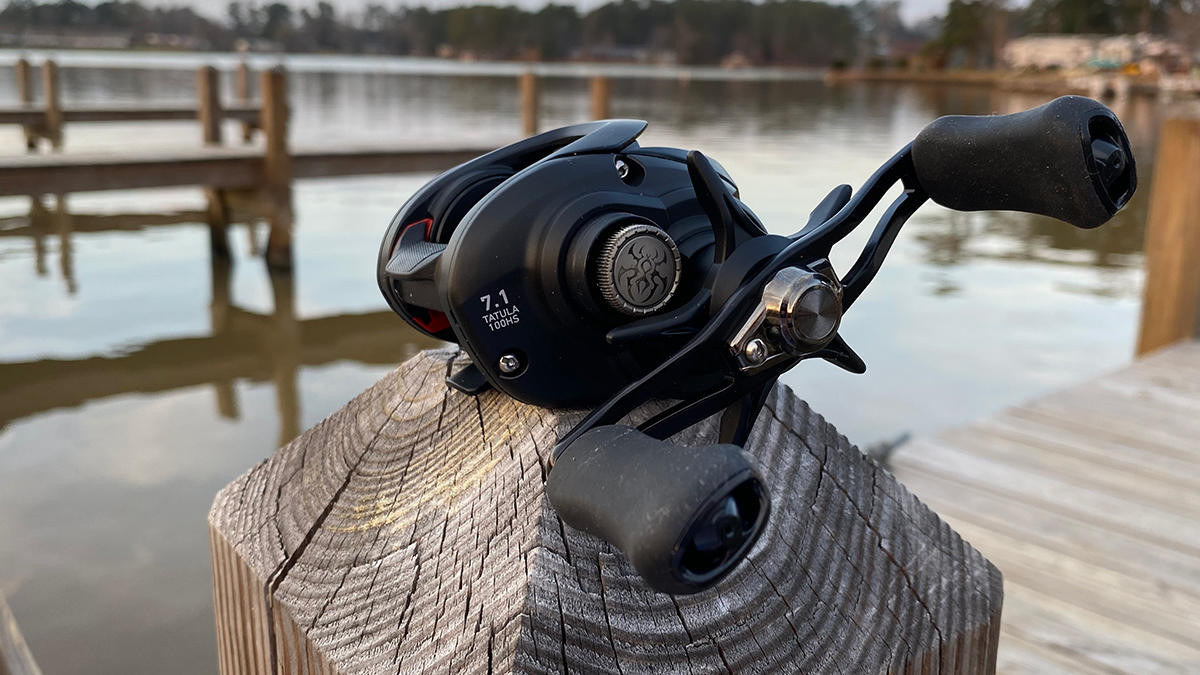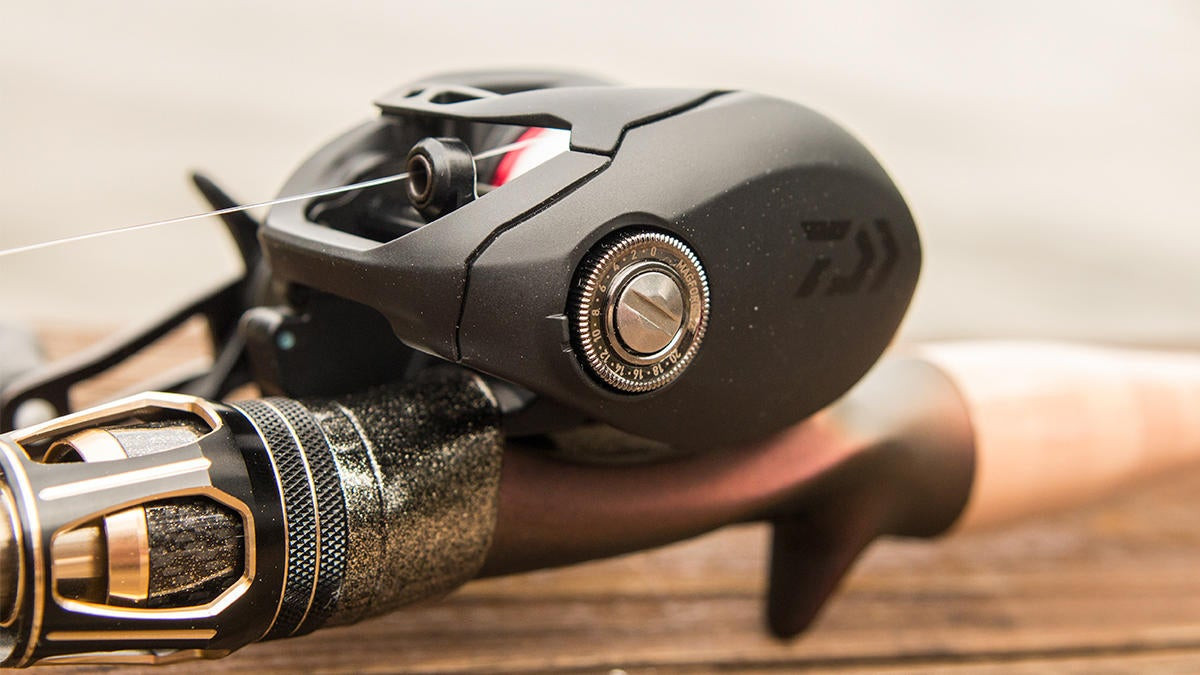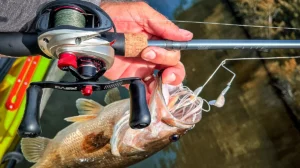Buying new fishing reels overwhelms many anglers, as an abundance of options can muddy the waters. One of the big decisions involves choosing the right gear ratio reel. Understanding gear ratios in fishing reels will increase your efficiency on the water and decrease your stress level when faced with a big purchasing decision.
The gear ratio of a reel is measured by how many times the spool turns for each single turn of the handle. For instance, if a reel has a gear ratio of 6.4:1, every time you turn the handle, the spool inside turns exactly 6.4 times.
As a result, a reel with a gear ratio of 5.1:1 is going to be a much slower reel than one with a 7.1:1 gear ratio—the spool of a 5.1:1 reel will spin 5.1 times with each handle turn, while the 7.1:1 spool will turn 7.1 times with each handle turn.
It also helps to know the IPT of a reel or Inches Per Turn. This is a measure of how much line is retrieved into the reel with a single handle turn. It can also mean a gear ratio reel that claims to be the fastest may really be the same as other high speed reels.Because spool size, depth and width can impact IPT, just because a reel is 7.3:1 or 8:1 doesn’t necessarily mean it reels in more line per turn than a 7.1:1 reel– it also depends on the spool and line size.
Low gear ratio reel | 5.1:1 thru 5.4:1
A lower fishing gear ratio reel is ideal for big baits that pull a lot, such as deep crankbaits. These reels have the highest amount of torque, allowing you to put less effort into retrieving the bait and more energy towards finding the fish.
These reels are also great for slow rolling big, heavy baits such as spinnerbaits and swimbaits. In cold water when bass are especially wary, a slow gear ratio is perfect for these slower, non-threatening presentations. A slow reel also aids in keeping these baits in the strike zone longer, which can prove invaluable when fishing moving baits in deep water.
- Deep crankbaits
- Big swimbaits
- Deep water spinnerbaits
Medium gear ratio reel | 6.1:1 thru 6.4:1
These bass fishing reels are great for multiple techniques and presentations, making them very popular among bass anglers. Whether you’re plowing through nasty cover with a squarebill during the prespawn or bombing spinnerbaits on shallow flats in the fall, a medium gear ratio reel will do the job.
I prefer a 6.4:1 reel whenever I’m using anything that triggers a reaction strike. The extra speed lets me fish the bait quickly, forcing the most aggressive fish to react. Conversely, I’ll opt for a 6.1:1 reel when fishing crankbaits that run in 8- to 14-foot range. The small decrease in speed helps keep them in the strike zone longer, while still maintaining enough speed to solicit a reaction strike and giving me added torque
- Squarebill crankbaits
- Medium depth crankbaits
- Shallow spinnerbaits
- Shallow castable umbrella rigs
Reel pictured: Abu Garcia REVO X Gen 4 Casting Reel
High gear ratio reel | 7.1:1 thru 8.1:1
If you’re fishing any bass fishing lure that you primarily work with your rod, a high gear ratio reel is the way to go. You’re often pulling the bait with your rod tip, but you need to have the ability to quickly take up your slack when you get a bite. A fast reel also helps when fighting a big bass-you need all the speed you can get in order to quickly pull it away from any line-fraying hazards.
Topwaters, jerkbaits, jigs, plastics and even best lipless crankbaits warrant the use of a high speed reel. These techniques create a lot of slack in your line, and if you get bit 30 yards away from the boat, a high gear ratio comes in handy for getting a solid hookset.
- Jigs and big worms
- Shaky heads
- Texas rigs
- Carolina rigs
- Topwaters
- Jerkbaits
- Lipless crankbaits
Reel pictured: Daiwa Tatula 100 Casting Reel
Final thoughts
Choosing the right bass fishing gear ratio reel can be a bit confusing, but with some basic understanding of what the numbers really mean, it gets much easier to understand. When purchasing your next reel, try to keep things simple by remembering this simple gear ratio guide.



